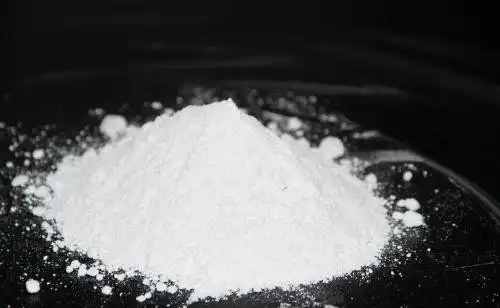Hebei Messi Biology Co., Ltd. stated that with the development of the Congo (DRC) project, the hydrometallurgy of copper-cobalt mines has been vigorously developed in recent years. Compared with the traditional processes currently used, the technical advantages of many process flows applied to hydrometallurgy are unique.
Many processes for purifying cobalt through precipitation operations have been replaced by solvent extraction, while the remaining precipitation processes use oxidants to improve the removal rate of impurities. In the latest precipitation operation design, the effect of solid-liquid separation is improved by better crystal development. The operating experience of two of the processes has confirmed the benefits of the new technology, while the overall recovery of copper and cobalt has been improved, resulting in higher quality products.

The range of potential hydrometallurgical cobalt products is wide, however, most greenfield projects are aimed at the current major markets, and their representative products include:
Cobalt salts; cobalt hydroxide (obtained by lime, magnesium oxide or sodium hydroxide); cobalt carbonate (usually precipitated by soda ash)
Cobalt precipitation is also carried out at this stage to produce marketable cobalt salts. Traditionally, precipitation with lime slurry or sodium carbonate has been used to produce a marketable product during re-leaching. However, many projects have considered using magnesium oxide instead of sodium carbonate, largely due to reagent costs and the higher utilization of magnesium oxide compared to sodium carbonate.
Precipitation should be carried out at elevated temperatures up to 80°C, which helps to increase crystal growth rate and morphology; and enhances kinetics to achieve very high recoveries. Seed recycle is also an integral part of the process to achieve a coarser product size distribution with enhanced dewatering characteristics.
